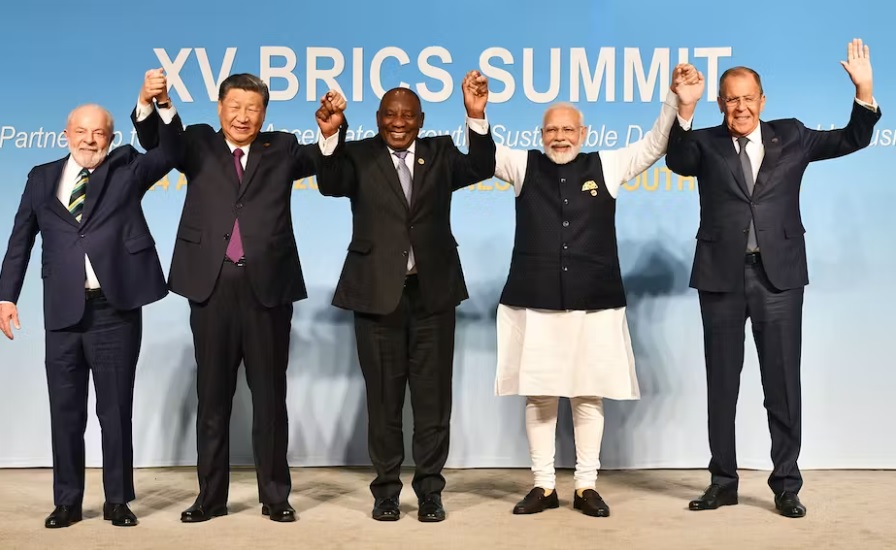Serbia Doubles Down: Bold Move to Join BRICS Shakes Global Economic Order
Another domino falls in the de-dollarization game.
Serbia just threw its geopolitical weight behind the BRICS alliance—and Wall Street's allergy to multipolar finance is flaring up again. The Balkan nation's formal bid signals a growing exodus from Western-dominated financial systems.
Why this matters now
With BRICS currencies gaining traction, Serbia's pivot could accelerate commodity trade settlements in non-USD baskets. Watch for knock-on effects in Eurasian energy corridors.
The cynical take
Goldman Sachs probably already built a BRICS ETF—while shorting the developing nations' debt, naturally.
Serbia Wants To Be a Part of BRICS Expansion

BRICS announced a new ‘Partner Countries’ in 2024 adding 13 nations into the fold but Serbia was not a part of it. The countries include Algeria, Belarus, Bolivia, Cuba, Indonesia, Kazakhstan, Malaysia, Nigeria, Thailand, Turkey, Uganda, Uzbekistan, and Vietnam.
Apart from these, another batch of 45 countries have expressed their interest to join the alliance. While 23 countries have formally submitted their applications, 22 nations have informally expressed to enter the bloc. Even Serbia has sent an official application to join BRICS since 2023 when the alliance was open for expansion.
Apart from BRICS, Serbia’s PM also revealed that his administration is eyeing to join the European Union (EU). Serbiahe said to a foreign media outlet. The country had been subjected to sanctions in the past, particularly after the breakup of Yugoslavia.
Whether BRICS plans for expansion in 2025 and allows Serbia into the bloc will be known in July. Moreover, the expansion is consensus-based and all countries have to agree to make the alliance bigger and stronger. Most importantly, the members need to be convinced about what Serbia can bring to the table that uplifts the alliance.

